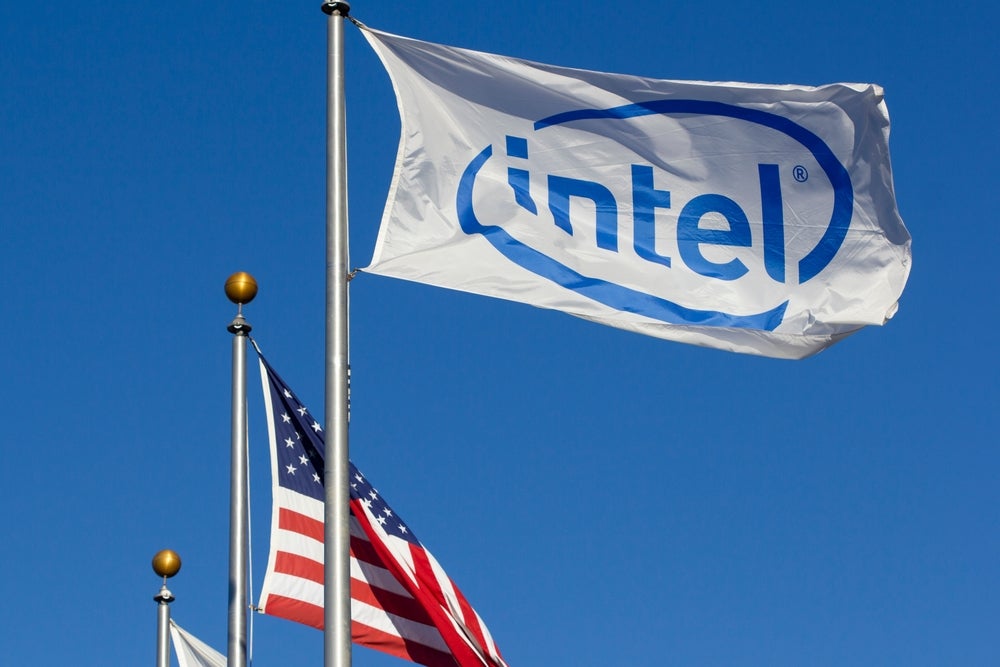Intel has filed a patent for an electronic system that includes a printed circuit board and a substrate. The substrate has a top and bottom side, with at least one memory unit connected to the bottom side and at least one processor connected to the top side. The memory is connected to the processor through the substrate. GlobalData’s report on Intel gives a 360-degree view of the company including its patenting strategy. Buy the report here.
According to GlobalData’s company profile on Intel, Device power optimization was a key innovation area identified from patents. Intel's grant share as of September 2023 was 58%. Grant share is based on the ratio of number of grants to total number of patents.
An electronic system with memory and processor connected through substrate
A recently filed patent (Publication Number: US20230317705A1) describes an electronic system with a unique architecture that allows for a compact and low-profile design. The system includes a printed circuit board and a substrate, with at least a portion of the substrate connected to the bottom side of the printed circuit board. The substrate is used to connect at least one memory unit to the system, while at least one processor is connected to the top side of the substrate. The memory is connected to the processor through the substrate, enabling efficient data transfer.
In one embodiment, the substrate is a redistribution layer, which helps in optimizing the layout and connectivity of the system. The printed circuit board is coupled to the substrate using solder, and individual solder balls may be partially embedded within the substrate for added stability.
The system may also include a cavity in the printed circuit board, within which the memory unit is placed. The memory unit is connected to the bottom side of the substrate using solder. Additionally, a heat spreader can be placed on the top side of the substrate, covering the processor and ensuring effective heat dissipation.
The memory unit in the system can be a packaged memory, providing a compact and integrated solution. The system can be used as a component in computer systems or telecommunication systems, showcasing its versatility and potential applications.
Another embodiment of the electronic system described in the patent involves a thin substrate with multiple layers of substrate material. The printed circuit board is coupled to the lower surface of the thin substrate, while at least one memory unit is connected to the upper surface of the thin substrate. A thin interposer, consisting of at least one layer of interposer substrate, is placed on the upper surface of the thin substrate, near the memory unit. The CPU is connected to the top surface of the thin interposer.
The method of making this electronic system involves embedding the memory unit in the substrate and applying interconnects that extend to the opposing side of the substrate. The processor is connected to the interconnects, and the printed circuit board is coupled to the substrate. Passive components can also be connected to the opposing side of the substrate.
Overall, this patent presents innovative designs and methods for creating electronic systems with minimal height, allowing for more compact and efficient devices.
To know more about GlobalData’s detailed insights on Intel, buy the report here.
Data Insights
From

The gold standard of business intelligence.
Blending expert knowledge with cutting-edge technology, GlobalData’s unrivalled proprietary data will enable you to decode what’s happening in your market. You can make better informed decisions and gain a future-proof advantage over your competitors.







